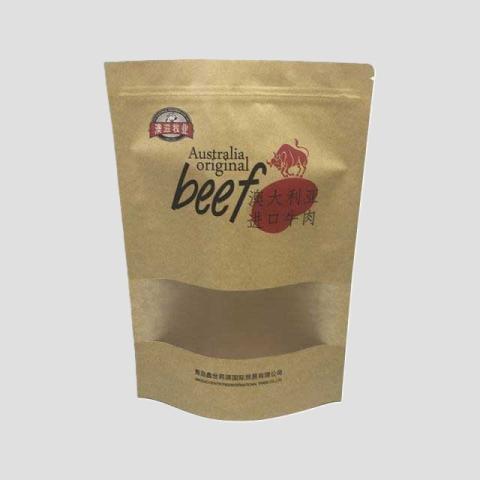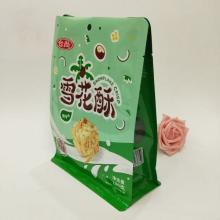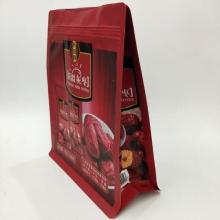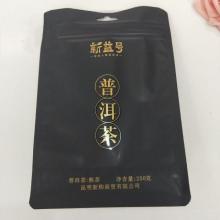Beef pouch is packaging material specifically designed to encapsulate, protect and extend the shelf life of beef and its products (e.g., fresh beef, jerky, etc.). Designed for food safety, freshness, convenience and market appeal, these pouches are designed to minimise the effects of the external environment on beef quality, such as oxygen, moisture, light, microbes and physical damage, through physical and chemical barriers.
Features
- Material safety and barrier: Beef bags are usually made of food-grade materials, such as polyethylene (PE), polyvinyl chloride (PVC), polypropylene (PP) or composite materials, which have good oxygen and water vapour barrier properties, and can effectively prevent oxidative deterioration and microbial growth of beef.
- Durability and strength: Considering the weight of beef and the extrusion during transport, the bags need to have sufficient mechanical strength and wear resistance to ensure that they do not break in the logistics and sales process.
- Transparency and presentation: For fresh beef packaging, a moderate transparent design allows consumers to visually see the freshness and quality of the product, and enhances purchasing confidence.
- Stand-up and Convenience: Stand-up zip pouches are widely used in the packaging of ready-to-eat meat products, such as beef jerky, due to their ease of opening, resealing, and stand-up display, which enhances the consumer's experience.
- Moisture and anti-fog: Especially for chilled beef packaging, the moisture and anti-fog treatment prevents water beads from condensing inside the package, maintains clarity outside the bag, and prevents moisture from affecting the quality of the meat.
- Printing and brand communication: High-quality printing technology not only attracts consumers' attention, but also conveys important information such as brand messages, product features and serving instructions.
Applications
- Fresh Beef Packaging: Used for unprocessed or pre-processed beef sold in supermarkets and butcher shops, requiring a high degree of freshness and safety to ensure that the meat is fresh from production to consumption.
- Beef jerky and other meat products packaging: beef jerky packaging pay more attention to moisture, oxidation, as well as easy to carry and open and close the design, often using self-supporting zip bags or kraft paper bags, to meet the needs of consumers at any time and place to eat.
- Cold chain logistics: In the long-distance transport and storage of beef, professional packaging bags with cold chain logistics system can significantly extend the shelf life of the product and reduce losses.
- Culture and brand promotion: such as Inner Mongolia speciality bags, not only to protect the product, but also integrated into the local characteristics of the cultural elements, become an effective carrier for the dissemination of regional culture and brand image.
Application Category





